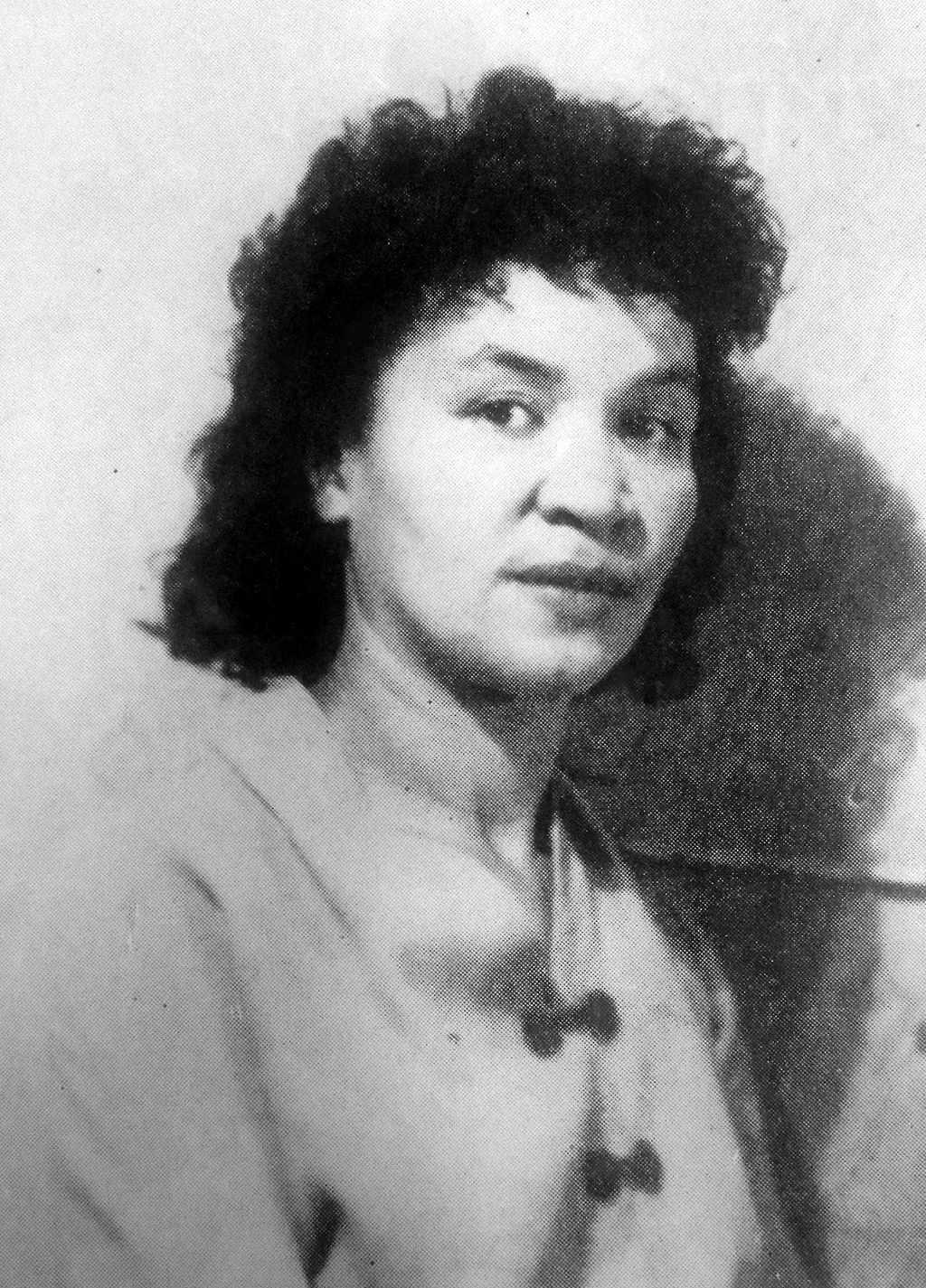Lydia Fedorovna Arkhipova was a prolific painter who achieved fame in the Union of Soviet Socialist Republics and abroad. She also developed her original style which challenged the major trends in Soviet-era art.
Arkhipova’s father was Frederick Bruce Thomas, widely known before the Russian Revolution (1917) in bohemian circles in Russia, Europe, and the United States as a wealthy member of Moscow society because of his ownership of the Maxim Club, a major nightlife venue in pre-1917 Russia. Her mother, Arkhipova Lydia, came from a wealthy merchant family. Thomas had a business relationship with Vasiliy Arkhipov, the father of Arkhipova and introduced him to daughter, Lydia.
When Frederick Bruce Thomas had to flee Russia during the Revolution, Lydia Fedorovna Arkhipova was forced to grow up with her mother. She was quickly recognized as a gifted child. She painted, played the piano, and composed music. In her youth she studied at Moscow State University.
In 1941 mother and daughter left for Central Asia. Two years later in 1943, Lydia Arkhipova at age 29, became a student at the Surikov’s Art Institute, which was moved to Samarkand (Uzbekistan) at that time. There she studied with Director of Arts Sergey Gerasimov and painting professor Alexander Osmyorkin. Her long-term friendship with the artist Robert Falk and her acquaintance with a representative of the Russian avant-garde art, Nadezhda Udaltsova, as well as her love for the impressionists (especially Matisse) and the study of ancient Russian painting had a great influence on her artistic handwriting.
In 1950, after graduating from the art institute, Lydia Arkhipova began to take an active part in exhibitions of young artists across Soviet Russia under the pseudonym “Archi. LF.” In 1953 she became a member of the Union of Artists of the USSR. She has traveled around the country but she especially loved to visit Central Asia and small towns where she wrote numerous works that reflected her search for an awareness of her own identity. During this period her painting were noted for their portrayal of festivity and freedom.
By the early 1960s, notes of nonconformism began to play in her work. Her paintings increasingly became modernist in character and were based on idealistic philosophical theories and aesthetic trends of the twentieth century not always favored by the Soviet government or major Soviet artists.
In 1977, Lydia Arkhipova, then 63, gave her first personal exhibition at Moscow’s Hall of the Union of Artists, a belated recognition of her contribution to the world of Soviet Art. After the exhibit she continued to work producing different types of art including portraits, still life, landscapes, architectural sketches and everyday scenes of religious and symbolic subjects. Regardless of the type of art produced, her paintings were always distinguished by decorativeness, bright, hot, sunny colors in a range of red-yellow-orange strokes.
Few Soviet artists were allowed to travel abroad. Lydia Arkhipova, however, over her long career frequently visited India and Ceylon (now Sri Lanka) and traveled to Italy, Spain, France, and North Africa, where was she awarded prestigious art diplomas. Her works today are displayed in many museums of the former USSR as well as in private collections in Western Europe, the United States, and India.
Lydia Arkhipova died in Moscow in 1997. She was 83 at the time of her death.

